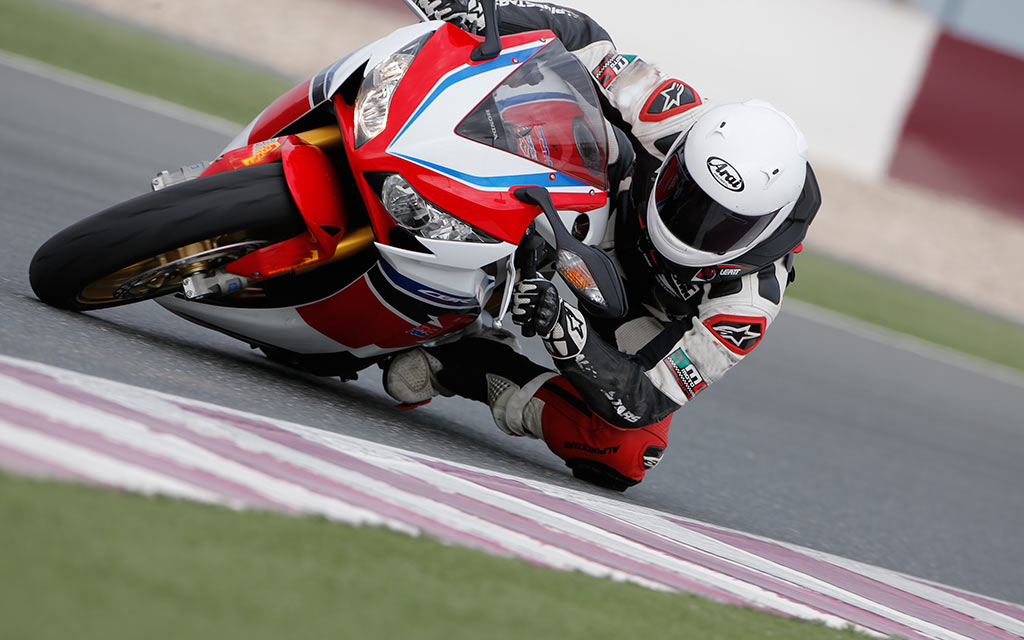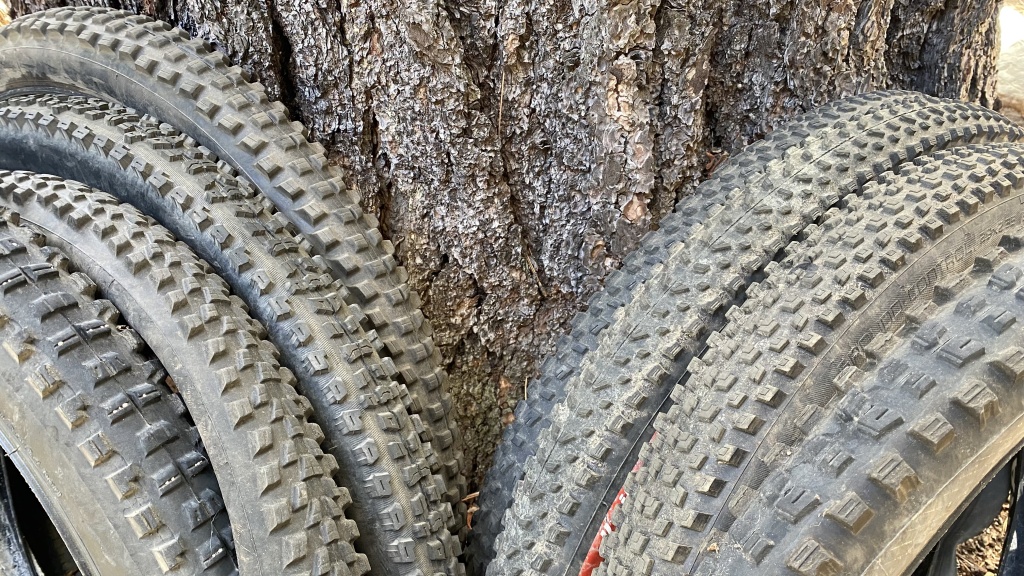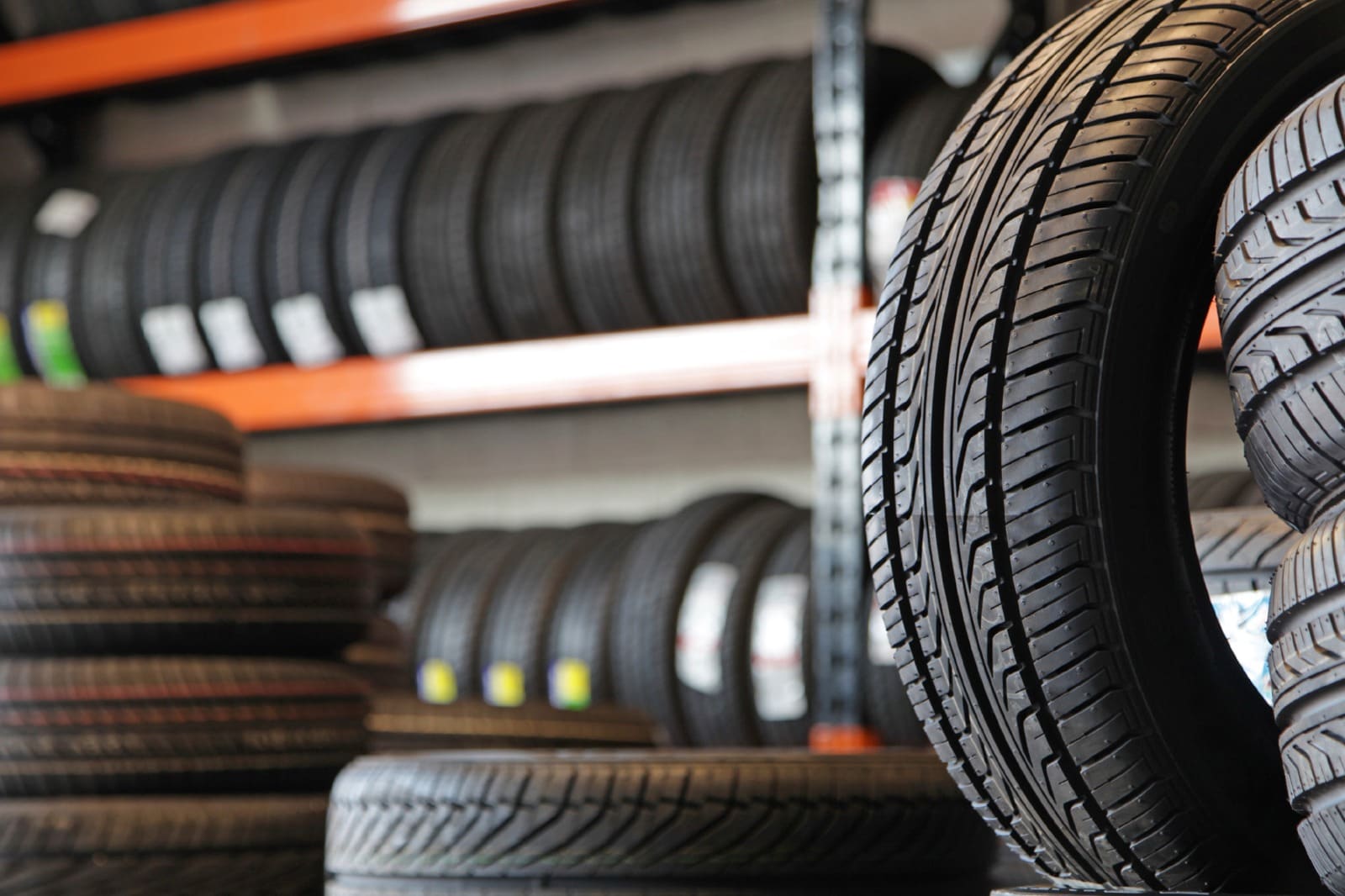All Categories
Featured
Table of Contents
The Michelin used a comfy driving experience, qualified by receptive steering and a modern understeer equilibrium. Despite the cooler testing problems, Michelin's constant time and hold over 3 laps indicates its viability for real-world applications.
The tire's very first lap was a 2nd slower than the 2nd, pointing to a temperature-related grasp boost. For daily usage, the Michelin may be a safer wager.
Leading Tyre Offers Near Me – Mirrabooka 6061 WA
It shared Michelin's risk-free understeer equilibrium but did not have the latter's determination to turn. Continental and Goodyear's performances were noteworthy, with Continental's new PremiumContact 7 revealing a considerable renovation in wet problems contrasted to its precursor, the PC6. This model was far less delicate to fill changes and acted just like the Michelin, albeit with somewhat less communication at the restriction.
It combined the secure understeer balance of the Michelin and Continental with some flashy handling, confirming both foreseeable and fast. As an all-rounder for this Golf GTI, Goodyear's Uneven range was the standout, demonstrating excellent efficiency in the wet. Finally, the Bridgestone Potenza Sporting activity took the crown as the fastest tyre, albeit by a small margin.
Chauffeurs seeking an interesting wet drive may locate this tyre worth considering. The standout entertainer in damp stopping was the newest tire on examination, the PremiumContact 7, though the outcomes are nuanced.
Reliable Premium Tyre Selection Near Me – Mirrabooka WA
Ideally, we desired the cold temperature level test to be at around 5-7C, yet logistical hold-ups implied we examined with an average air temperature level of 8C and water at 12C. While this was cooler than common examination problems, it was still warmer than real-world problems. The warm temperature level examination was done at approximately 18C air and 19C water.
The 3rd run entailed wet braking tests on used tyres, particularly those machined down to 2mm with a small encounter. While we intended to do even more with these worn tyres, weather constraints limited our testing. However, it's worth keeping in mind that wet braking is most essential at the used state, as tires normally boost in dry problems as they use.

Bridgestone, Goodyear, and Michelin saw the least efficiency decrease when worn. The Hankook tire signed up the tiniest performance decline as temperature levels cooled down, however it was among the most influenced when worn.
Car Tyres Near Me – Mirrabooka
The take-home message below is that no single tyre excelled in all aspects of wet stopping, suggesting a complicated interplay of factors affecting tire efficiency under various problems. There was a standout tire in aquaplaning, the Continental completed top in both straight and curved aquaplaning, with the Michelin and Goodyear additionally great in deeper water.

Yokohama might take advantage of somewhat even more grasp, a concern potentially affected by the colder conditions. When it comes to dealing with, all tires performed within a 2% variety on the lap, showing their high-grade performance (Tyre safety checks). Nonetheless, taking into consideration these tyres basically target the exact same client, it's interesting to observe the significant differences in feeling.
The shock is due to the fact that the PremiumContact 6 was just one of my favourites for sporty dry drives, yet its follower, the PremiumContact 7, seems a lot more fully grown and appears like Michelin's efficiency. Among these, Hankook was the least precise in guiding and communication at the restriction. Tyre balancing. Both Michelin and Continental provided wonderful first steering, albeit not the fastest
If I were to recommend a tyre for a rapid lap to a beginner, say my dad, it would certainly be one of these. Then we have the 'enjoyable' tires, particularly Yokohama and Bridgestone. Both were speedy to steer and felt sportier than the others, but the trade-off is a much more playful back side, making them more challenging to manage.
Leading High-quality Tyres ( Stirling)
It supplied comparable guiding to Bridgestone however used much better feedback at the restriction and much better hold. The Bridgestone Potenza Sporting activity, nevertheless, appeared to break down quite rapidly after simply three laps on this requiring circuit. There's Goodyear, which positioned itself someplace in between the enjoyable tires and those tending towards understeer.
In conclusion, these tires are superb performers. For road usage, I 'd lean towards either the Michelin or Goodyear, relying on your specific choices. In terms of tire wear, the technique used in this examination is what the sector refers to as the 'gold standard' of wear. The wear experts at Dekra conducted this examination, which involved a convoy of cars going across a very carefully prepared path for 12,000 kilometres.
Both the Bridgestone and Yokohama tires considerably underperformed in contrast to the other 4 tires in regards to rolling resistance, with Continental slightly exceeding the rest. Relating to the convenience level of the tyres, as anticipated, a lot of showed an inverse correlation with handling. The Continental, Michelin, and Goodyear tyres performed finest across numerous surface area types evaluated.

Bridgestone started to show indications of suppleness, while Yokohama was particularly jarring over holes. We did determine interior noise degrees; nonetheless, as is commonly the case, the outcomes were carefully matched, and because of weather constraints, we were unable to carry out a subjective assessment of the tyres noise. We looked at abrasion figures, which gauge the quantity of tire walk shed per kilometre, normalised to a one-tonne vehicle.
Tyre Checks
This number represents the quantity of rubber dirt your tires create while driving. Michelin led in this classification, generating over 9% much less rubber particulate matter.
Latest Posts
Affordable Cost-effective Car Tyres Near Me – Bennett Springs WA
Tyre Repair Services
Tyre Fitting Services Near Me – Bennett Springs